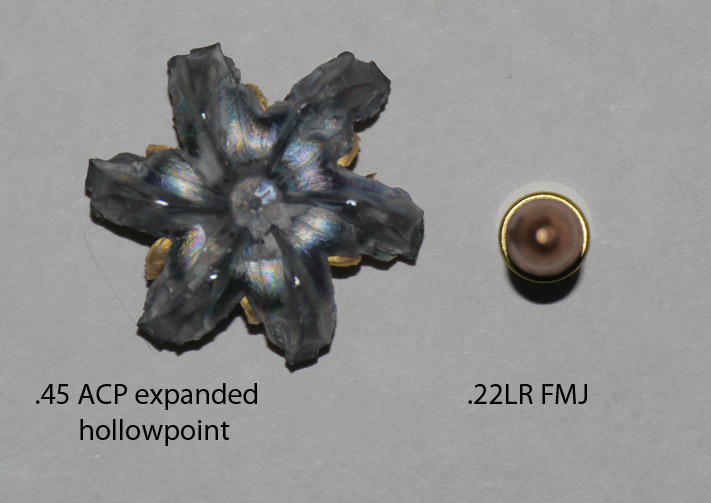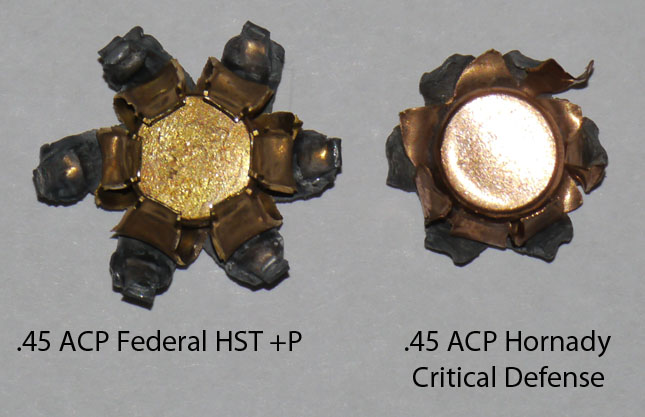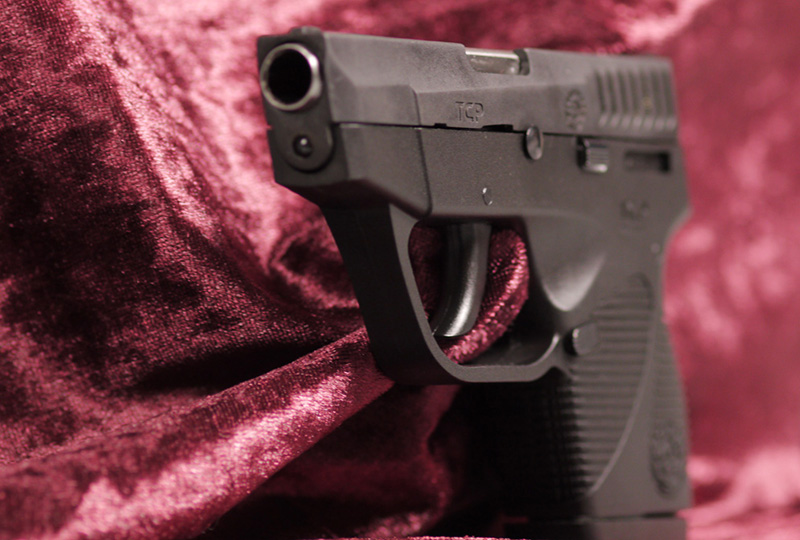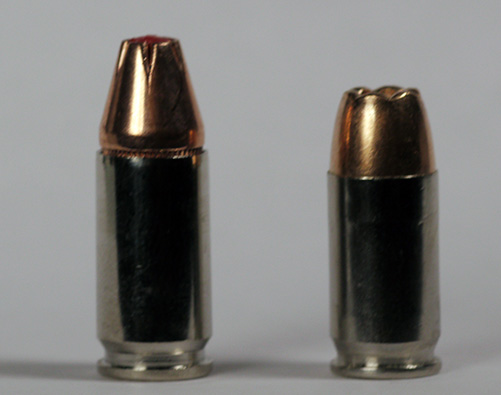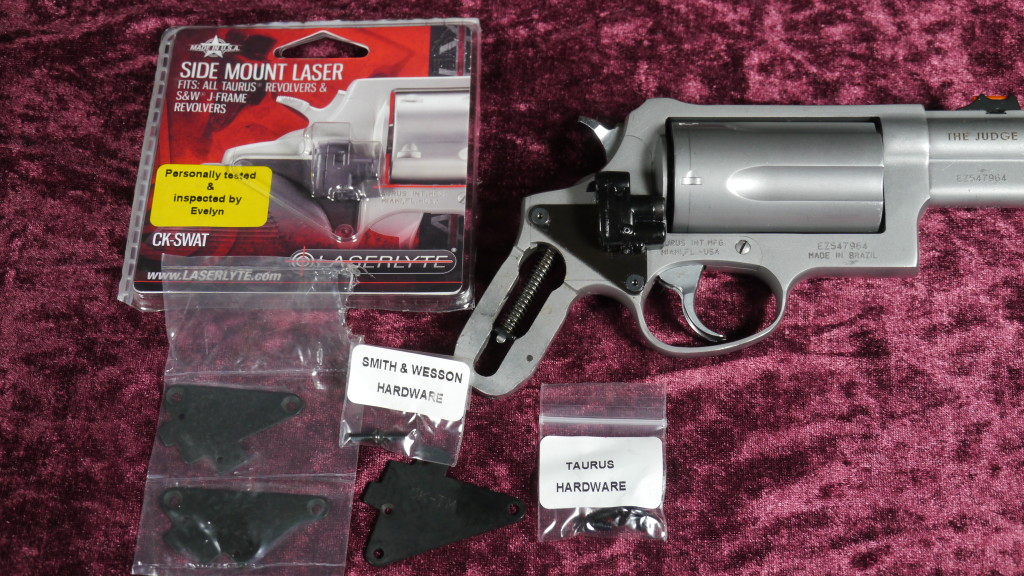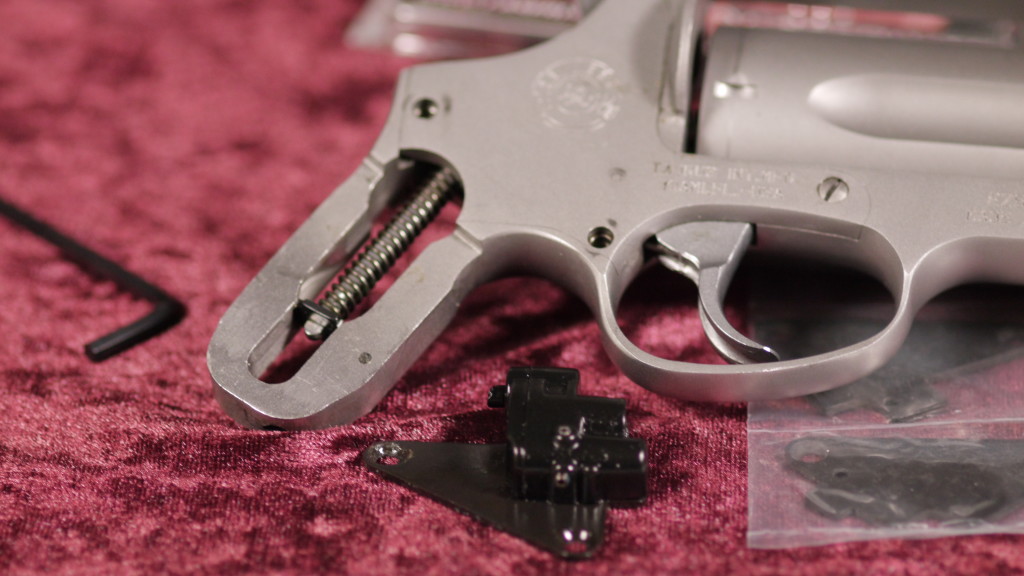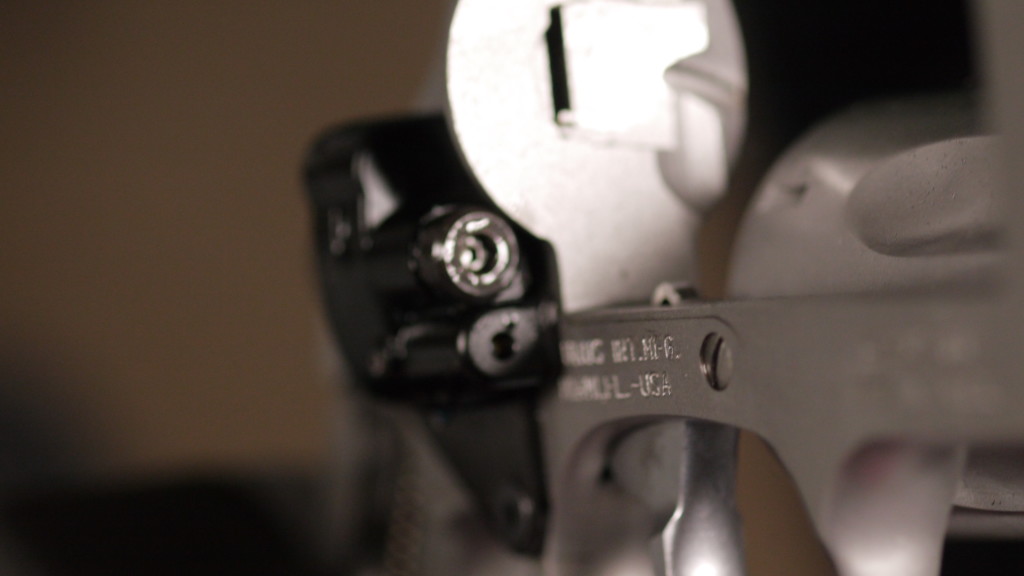In my previous article I discussed at length about ballistics gel testing and penetration. In this article I’d like to look at some other factors that have a substantial impact on the effectiveness of a given shot being able to produce an incapacitating hit.
Is Penetration “Everything”?
There are several factors that work together to create an effective incapacitating hit. Those factors include (in no particular order) placement, penetration, bullet type, and bullet size. All are important factors, and isolating one over the others would be foolhardy. It’d also be quite common! But it’s not wise. All of the factors need to be carefully considered.
Penetration is important, but it is not all-important. It is just one of many factors you must consider. If your bullet cannot penetrate deeply enough to deliver an incapacitating hit, then you cannot rely on it to produce incapacitating hits — no matter how good your placement, no matter how big the bullet expands, if it doesn’t penetrate deeply enough, it’s all for naught. So adequate penetration is important, and avoiding overpenetration is also important. As mentioned in the previous article, a shallow-penetrating bullet isn’t worthless, it may still be very effective in discouraging an attacker from continuing an attack, but it likely can’t force the attacker to stop.
What About “Placement Is Everything”?
Hang around any gun forum and it won’t be long before you run into people repeating the mantra “Shot Placement – Shot Placement – Shot Placement”. The argument goes that a good hit with a .22 beats a miss with a .45 any day. And that’s true, obviously. But is placement everything? Definitely not!
(I can hear the keyboards revving up now, with people preparing to blast me for daring to say that placement is not everything, so … hear me out…)
Shot placement is important. It is vital. A poorly-placed shot is not going to be effective. So shot placement is highly important. But it is also, of all the other factors, the only factor you CAN’T control. You can buy deeply-penetrating ammo. You can buy widely-expanding ammo. You can test for reliable performance of your ammo. Those are things you can control. But shot placement, that’s almost certainly going to be completely out of your control! Consider that the NYPD has been compiling shooting statistics for decades, and they find that when their officers are involved in a shooting, only about 1 of every six shots fired actually hits the target. At all. Meaning five out of six shots miss completely! Not that they just missed getting perfect shot placement, it’s that they missed the target entirely! The above-linked article is just a recent news report on the most recent decade’s statistics, but the NYPD has been compiling statistics for many decades and the results are reasonably consistent. Other police departments occasionally release their shot-to-hit statistics, and some of them are comparable, some a little better, but the best I’ve ever seen reported was 49%. Meaning that trained police offers are still missing the target ENTIRELY more than they are hitting it. When people assert “shot placement” as the primary factor, it’s difficult to reconcile that against trained police officers missing five out of six shots. Clearly the factors of stress, adrenaline, danger, panic, and other factors all combine to make hitting a living target a substantially more difficult factor than range practice!
We WANT to place the shots perfectly. We all have that goal (including, I dare say, every one of those police officers who were involved in those shootings!) But we may not be able to place those shots perfectly. And that’s why we need to have the best ammo on hand, to help us out, and to hopefully turn some of those not-quite-perfectly placed shots into good incapacitating hits anyway.
Now, this isn’t to say that you can’t train under stress to get better and better — you should, of course. The more trained you are, the better you’re likely to perform if you’re ever unfortunate enough to actually have to participate in a defensive shooting. Just don’t confuse training and target practice with equaling great shot placement in a real-life shooting scenario. I think sometimes those who advocate shot placement so heavily, are likely hunters, used to targeting their prey with a scope, and being able to precisely pick the spot where they intend to shoot. That may work for hunting, but against humans that type of target selection would be called “first degree murder.” If you have that much time to carefully select where you’re going to hit a person, then a prosecuting attorney may very well be able to argue that you weren’t in immediate danger of substantial injury or loss of life, and that your choice to shoot was premeditated and calculated (even if the choice was made in the course of a few seconds). Having time to carefully select your shot placement isn’t too likely in a defensive shooting situation. It is far more likely that when the bullets start flying you’re going to be drawing and shooting as quickly as you can, as best you can, but there won’t be any careful aiming, and deliberate shot placement may be an elusive goal. You always want to aim as carefully as you can, of course, and you are morally and legally obligated to be as responsible with your shots as possible, but when you’re experiencing the Mother Of All Adrenaline Dumps along with the tunnel vision and other physiological effects that occur during this most stressful period that most any human will ever face, precision targeting is likely to be difficult to attain.
Besides, you can have the very best shot placement and still be totally ineffective. If you are able to place a shot directly on an attacker’s heart, but the bullet stops an inch short of the heart, then — what have you accomplished? Your attacker can keep attacking. Shot placement can be perfect, yet completely ineffective. Shot placement alone will not guarantee you success. But shot placement, combined with adequate penetration, and enhanced by a larger bullet size, will greatly increase your odds of achieving an incapacitating hit.
About Bullet Size
Ah, caliber wars — the stuff internet gun forums are made of. People love to argue about which calibers are “effective” and which aren’t. The FBI’s report on Handgun Wounding and Effectiveness determined one simple rule — all other things being equal, the bigger bullet is more effective. Period.
That’s a definitive statement, yes. But it’s also reasonable. The bigger the bullet is, the more tissue it crushes during its journey through the attacker, and the more likely a larger bullet is to hit something vital. That’s not to say smaller calibers aren’t or can’t be effective; obviously they can be. But if all other things are equal, the bigger bullet may hit something vital that the smaller bullet misses. Imagine a situation where you have two bullets, one from a .22LR pistol, and one from a .45 ACP. Both of them have been tested to deliver 12″ of penetration in ballistics gelatin. Why wouldn’t the .22 be considered just as effective as the .45? It penetrates deeply enough, after all, so — what’s the big deal?
The deal is in the “big”. A .22LR full metal jacket round has a diameter of just about 1/5 of an inch. It may penetrate deeply, and if it hits a vital organ or major artery it may very well cause an incapacitating hit. But the odds of it hitting something vital, are lower than the odds of a bigger bullet hitting something vital. Imagine a case of where a major artery is near the spinal column. It’s entirely conceivable that the tiny .22LR bullet might slip right between the artery and spinal column, exiting out the back and hitting nothing substantial. Whereas using a .45 ACP hollow-point (which expands to a maximum size of around 1″ across), it is approximately 20x larger than the 22LR bullet! If it was fired to that exact same spot (between the artery and spine), the bigger bullet might smash through the spinal cord on its left side and also cut through the artery on the right, whereas the .22LR went right between them hitting nothing. Size, in this case, does matter, and the bigger the bullet you have can compensate (to some degree) for less-than-perfect shot placement.
That’s not to say that only a .45 ACP will be effective! Any of the major calibers (9mm, 10mm, 357 Sig, 357 Magnum, 40 S&W, 44 Special, 44 Magnum, 45 Colt, 45 ACP, etc) all are capable of creating deeply penetrating wounds with expanding bullets. All are capable of being effective manstoppers, and the choice among them shouldn’t be about “only a .45 is good enough” or other such absolutist dogma, rather it should be about capacity, recoil, reliability, familiarity, affordability, and other such factors. The gun you practice with, the gun you can shoot well, the one you can carry conveniently, the one you can reliably hit your target with and the one that works with 100% reliability, is the one you should consider for your primary defensive weapon, and only after you’ve satisfied those requirements should you worry about the caliber (assuming, of course, that it’s chambered in one of the above-mentioned calibers or comparable).
Also, different bullets expand to different dimensions. Some bullets are tuned for “maximum expansion”, some are tuned for “controlled expansion.” It’s possible that you could find a 9mm hollowpoint bullet that expands to a larger diameter than a given .45 ACP hollowpoint. Assuming that both were capable of reaching the 12″ minimum in ballistics gel, this hypothetical 9mm bullet could possibly be a more-likely-to-incapacitate round than this hypothetical .45.
When evaluating bullets for incapacitation potential, the simplest possible formula is that you want the very biggest bullet you can get, that also penetrates between 12″ and 18″ of ballistics gel. That’s the simplest rule. Once you get the desired penetration performance, you then want to see as much expansion as possible. A bullet that expands too much, won’t be able to penetrate as deeply; think of an expanding hollowpoint as like a “parachute”; as the bullet opens up it really slows the bullet down and limits its penetration. Ideally we’d like to see a bullet that could travel through about 14 – 15″ of ballistics gelatin and expand to the biggest diameter possible. But that’s not the only consideration! You also want to consider recoil, muzzle flash, muzzle flip, all sorts of factors that could come into play in affecting your ability to get a second shot off. As an example, here are two .45 ACP rounds; on the left is a Federal Premium HST +P 230-grain round, on the right is a 185-grain Hornady Critical Defense (note: I’m showing the backs of the bullets because it exemplifies the relative expansion more dramatically).
In the above example, both are .45 ACPs, both penetrate to about 12-13″ in ballistic gel, but clearly the Federal HST expanded to a much, much bigger size than the Critical Defense. How can this be? Well, the Federal is a 230-grain bullet, and the Hornady is only a 185-grain bullet. And, the Federal is a “+P” round, whereas the Hornady is a standard-pressure round. The net effect on the shooter is that the Hornady is a “softer-shooting” round than the Federal is. A shooter who can handle the increased recoil and increased muzzle flip of the more-powerful +P round might benefit from the additional expansion, whereas a shooter who values the greater controllability of the softer-shooting round may not mind trading off some expansion in exchange for the greater control they would receive.
And that’s why ammo selection becomes a personal thing, and not a “right or wrong” decision. For some shooters, a .380 is all they want and all they need. Some shooters want the biggest, deepest-penetrating, biggest-expanding round they can get. And some shooters want a Glock, because they like the way it shoots and they like the way it feels. And some want a .357, because they have lots of .357 ammunition on hand. And some want a 9mm, because they want to have 17 rounds of capacity in their Glock G19. All of these are fine decisions, and none of them (with the possible exception of the 380) will lead to an inadequate performer that’s incapable of providing incapacitating hits.
Choose what you will use. Choose what you can handle. Choose what you can shoot effectively and accurately. And, I’d suggest, choose ammo for it that provides the penetration and the expansion to give you the best opportunity for an incapacitating hit.

